Attractions
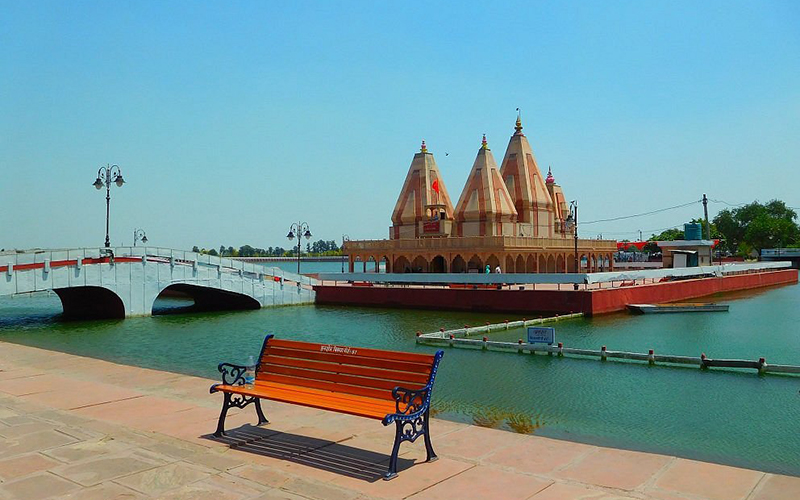
Braham Sarovar
Braham Sarovar, as the name suggests, is associated with Lord Brahma, the creator of the Universe. Taking dip in holy water of sarover during Solar Eclipse is considered equal to the merits of performing thousands of Asvamedha Yajnas. According to Local Legends this tank was first excavated by King Kuru the ancestor of Kauravs & Pandavas. Having seen its huge water body Abul-Fazl the courtier of Mughal emperor Akbar during solar eclipse has described the vast water body of this sarovar as miniature Sea. According to the local tradition a tower was erected by Yudhistar in the island situated in the middle of sarovar as a token of his victory in the Mahabharta battle.
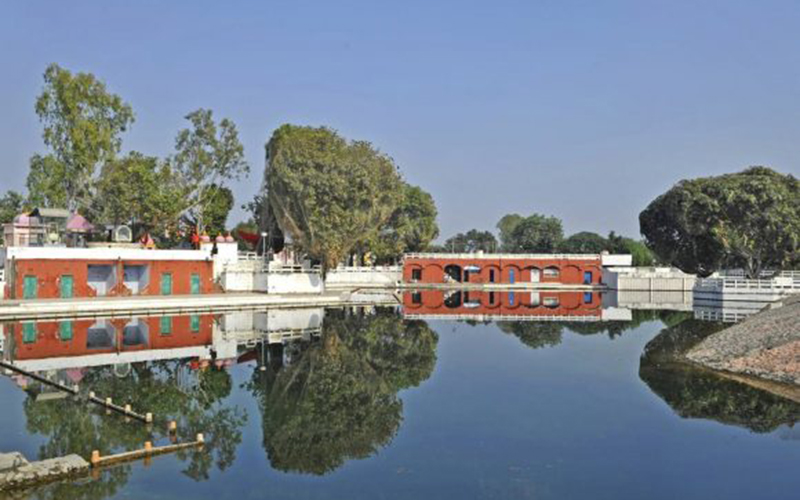
Jyotisar
It is believed that Mahabharata battle started from Jyotisar, where on the eve of the battle deluded Arjuna received the eternal message of Gita from its propounder Lord Krishna. It is said that Adi Sankaracharya has identified the place during his sojourn to Himalaya in the 9th centenary of Christian era. In 1850 A.D. King of Kashmir constructed one Shiva temple at the tirtha. Again in 1924, King of Darbhanga raised a stone platform around the holy banyan tree, which according to devouts is the evidence of the song celestial i.e Gita. In 1967 Sankaracharya of Kanchi Kama Koti Peetha.
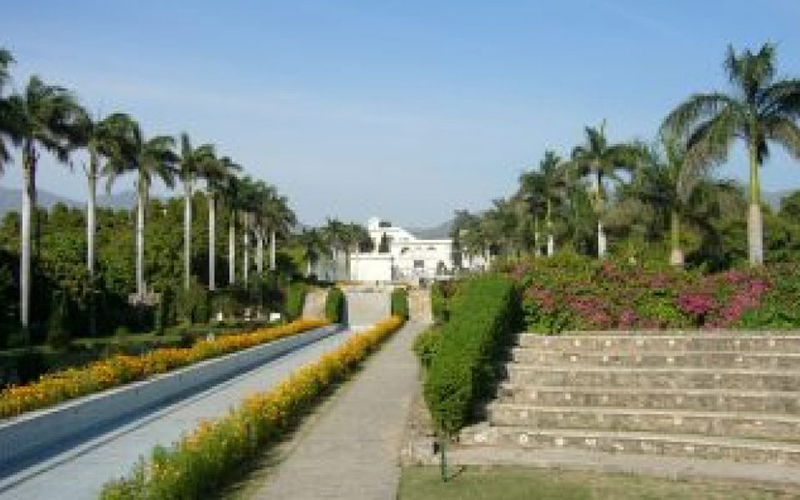
Pinjore (Panchkula)
Pinjore Gardens (also known as Yadavindra Gardens) is located in Pinjore, Panchkula district in Haryana. It is an example of the Mughal Gardens style, and was built by Patiala Dynasty Rulers.The garden is in the village of Pinjore lie 22 km from Chandigarh on the Ambala-Shimla road. It was created in the 17th century by architect Nawab Fidai Khan during the early reign of his foster brother Aurangzeb (r. 1658-1707).. In recent times, it has been renamed as ‘Yadavindra Garden’ in the memory of Maharaja Yadavindra Singh former of the princely state of Patiala.
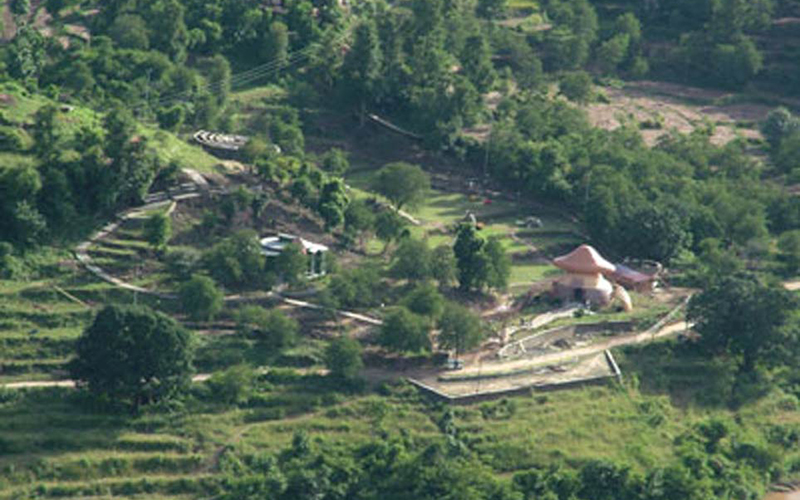
Morni Hills
Morni Hills is a hill station situated on the outskirts of Panchkula in Haryana close to Chandigarh. Being the only hill stations in Haryana, it is also a popular picnic destination for locals and tourists alike. The hills are 1,220 metres in height and have some really stunning views to offer. In addition to being a grand vista point, Morni Hills is also an important archaeological site where carvings dating back to 7th Century have been found in the Thakur Dwar Temple.
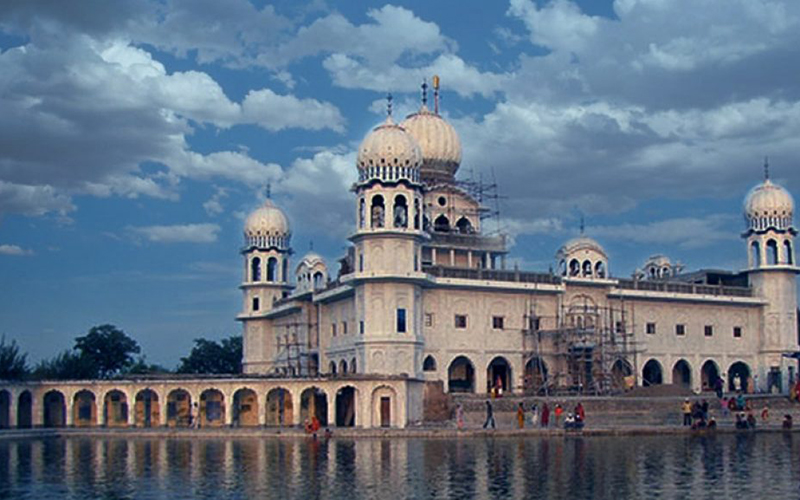
Panjokhra Sahib Gurudwara
The Gurdwara is dedicated to the memory of the eighth Guru Sri Harkrishan Sahib Ji. He visited this place on his way to Delhi. It is situated on the Ambala-Naraingarh road. The Guru during his journey from Kiratpur to Panjokhra, travelled through Ropar, Banur, Raipura and Ambala. Along the way he gave the universal message of Guru Nanak, to disciples, who came to call on him. As he neared Panjokhra, a disciple spoke with humility, “Respected Sangats are coming from Peshawar, Kabul and Kashmir for Darshan. Kindly stay at Panjokhra for a few days so that they may have the chance of seeing their beloved spiritual preceptor.”
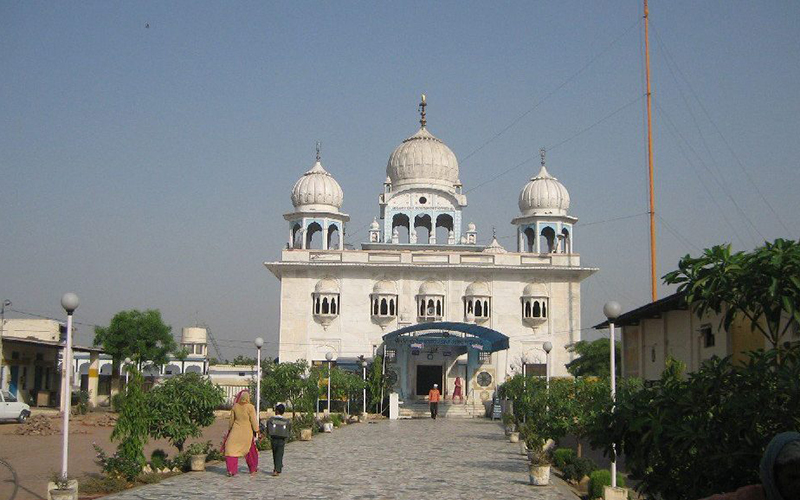
Manji Sahib Gurudwara
Ambala city is situated on the National Highway popularly called Sher Shah Sun Marg about 190 km from Delhi and 48 km from Chandigarh. This city was sanctified by the sixth Guru Sri Hargobind and Sri Guru Gobind Singh the tenth Guru. Gurudwara Manji Sahib was constructed at the place where the sixth Guru stayed during his visit to Ambala city. The grand building of the Gurudwara is located on the G.T. Road (Sher Shah Suri Marg). The devotees visit this shrine to have a dip in the tank nearby. They also take Amrit from the Baoli constructed by the sixth Guru, during his stay here.
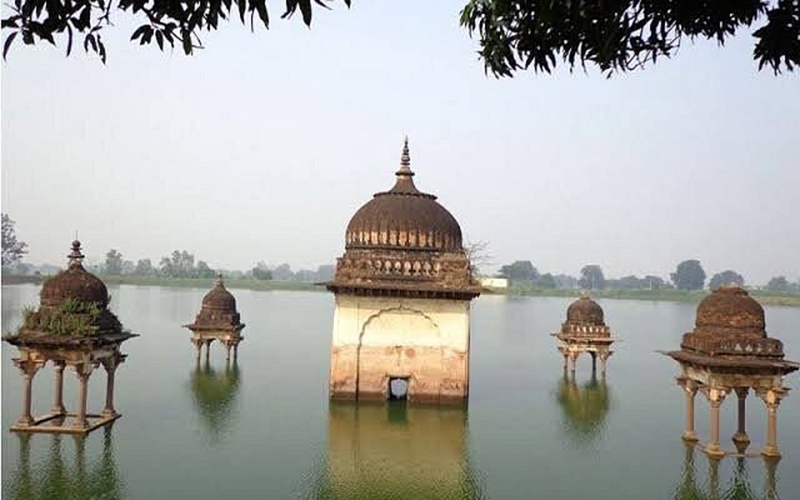
Rani Ka Talab
Rani Ka Talab, Ambala, the Rani Ka Talab (Lake) is a 400 year old beautiful and historic pond located in the Ambala Cantonment Area. Spread over an area of 4 acres, the Talab is located near the Army unit in the cantonment area. The pond was handed over to the Indian Army after Independence. There are two temples located near the pond – Shiv Mandir and Devi Mandir that attract large number of tourists and devotees.The pond is almost dry in summer and has water mainly during monsoon. The Talab is built in rich architectural style and has outlet facility so that water does not stagnate in the pond.
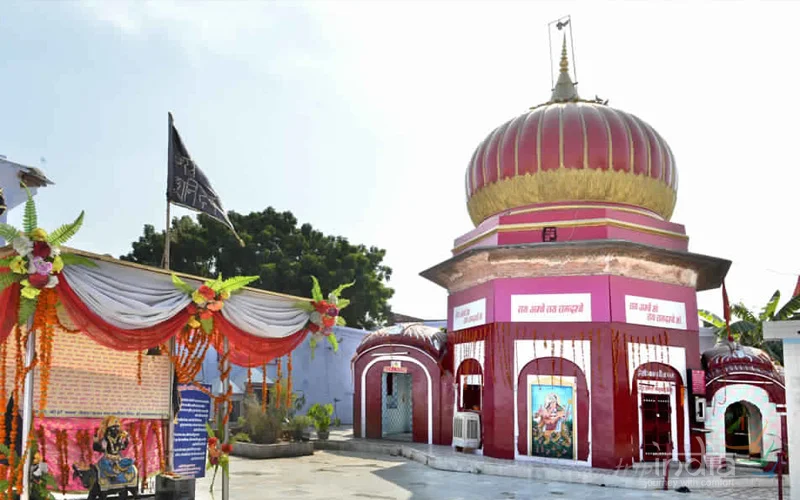
Ambika Devi Mandir
It is not only the oldest shrines but also an origin of the place. Name of Ambala is on the name of this goddess Amba. Dedicated to Goddess Amba, Ambika and Ambalika, this ancient Hindu shrine was constructed before the British era. One of the attractions of the temple is paintings on the upper walls and ceilings, which have faded over the years. It is situated close to the old civil hospital, which can be approached by road from any part of the city.